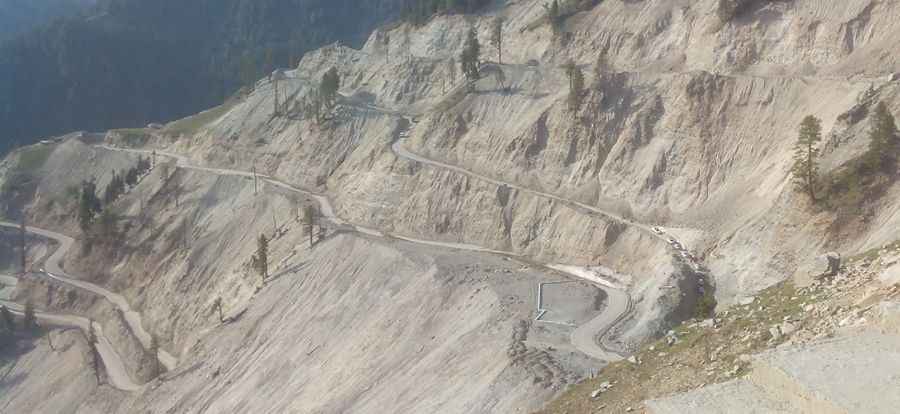Driving the Mughal Road is a Dizzying Experience in the Pir Panjal Range
The Mughal Road is a scenic yet challenging drive located in Jammu and Kashmir, in northern India.

When was the Mughal Road built?
Originally called the Old Imperial Road, it later became known as the Namak Road (Salt Route). This trail was used by Mughal emperors to conquer and travel to Kashmir in the 16th century. After being closed for several centuries, plans to rebuild the road began in the 1950s, and it was completed in 1979. In 2005, it was reconstructed into a wide and smooth motorable road, making the journey uplifting.
How long is the Mughal Road?
The road stretches 82.3 km (51.13 miles), running west-east from Bafliaz, a town in the Poonch district, to Shopian, in the Kashmir valley.
Is the Mughal Road paved?
The road is mostly paved but extremely challenging, featuring numerous curves, narrow and steep sections, hairpin turns, and dangerous drop-offs.
Is the Mughal Road open in winter?
Set high in the Pir Panjal Range, the road reaches its highest point at Pir Ki Gali Pass, at 3,485 m (11,433 ft) above sea level. It is often closed in winter due to heavy snowfall. You will need to frequently register your vehicle and passenger details, so be sure to carry all necessary vehicle documents and personal identification. Be prepared for the altitude, and take time to stop and enjoy the stunning scenery along the way.
Is the Mughal Road worth the drive?
The road is a pleasure to drive on, with usually very little traffic. Along the way, you can spot historic Mughal monuments, making it a rewarding experience for visitors.